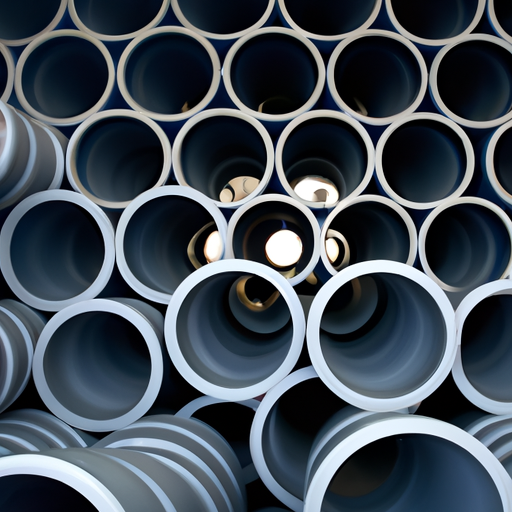Table of Contents
**Understanding the Differences Between Square, Rectangle, Welded, and Seamless Pipes**
Stainless Steel Pipes are an essential component in numerous industries, and the choices can be overwhelming. When it comes to selecting the right stainless Steel Pipes for your project, understanding the differences between square, rectangle, welded, and seamless pipes is crucial. Each type has its unique properties and applications, so it’s important to have a comprehensive understanding of these variations.
Let’s start by examining the differences between square and rectangle stainless steel pipes. The primary distinction lies in their cross-sectional shape. Square pipes have a square cross-section, while rectangular pipes have a rectangular cross-section. This variation in shape affects their applications and structural properties. Square pipes are often used in architectural and construction projects, where their symmetrical shape provides aesthetic appeal and structural support. On the other hand, rectangular pipes are commonly utilized in industrial and mechanical applications due to their ability to bear heavy loads and resist bending.
Moving on to welded and seamless stainless steel pipes, the manufacturing process plays a significant role in their properties. Welded pipes are manufactured by welding the edges of a steel plate or coil. This process results in a longitudinal weld seam, which may affect the pipe’s strength and corrosion resistance. While welded pipes are cost-effective and readily available in various sizes, they may not be suitable for applications that require high-pressure or corrosive resistance.

In contrast, seamless pipes are created by extruding a solid billet through a die to form the shape of the pipe. The absence of a weld seam in seamless pipes enhances their structural integrity and makes them suitable for high-pressure and critical applications, such as in the oil and gas industry, chemical processing, and power generation. Seamless pipes are known for their uniformity, strength, and ability to withstand extreme operating conditions.
Now, let’s delve into the stainless steel grades commonly used in these pipes, namely 201, 304, 316, X6CrNiTi18-10, and 0Cr25Ni5Mo. Each grade possesses unique chemical compositions and mechanical properties that make them suitable for specific applications. For instance, grade 201 stainless steel is cost-effective and often used in decorative applications, while grade 304 is renowned for its corrosion resistance and versatility in various environments. Grade 316 stainless steel is highly resistant to corrosion and oxidation, making it ideal for marine and chemical processing applications. X6CrNiTi18-10 and 0Cr25Ni5Mo are specific grades known for their heat resistance and high-temperature applications.
In conclusion, understanding the differences between square, rectangle, welded, and seamless stainless steel pipes is crucial for selecting the right materials for your project. The choice of shape, manufacturing process, and stainless steel grade should align with the specific requirements of your application, ensuring optimal performance and longevity. By considering these factors,
